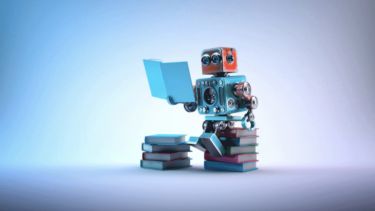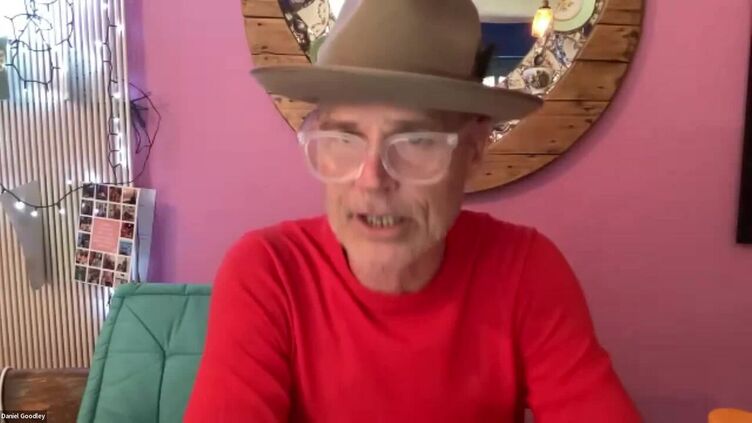Online Symposium in Toronto
Paper delivered on 13th March 2024 for an online event.
An Urgent Pause: Facing the Intertwined Constitution of Race and Disability
Elaine Cagulada, Queens University SSHRC Post-Doctoral Fellow & Dr. Tanya Titchkosky, Professor, OISE of the University of Toronto
Recording: Elaine Cagulada and Tanya Titchkosky
Passcode: U0?FKycr
Introduction by Dan Goodley
Welcome to the sixth Online Symposium of Disability Matters: A major six year pan-national programme of disability, health and science research, funded by a Wellcome Trust Discretionary Award. I’m Dan Goodley - the Principal Investigator - and I work in the iHuman research institute at the University of Sheffield. I’m a white, early 50s, cisgendered bald man. A key ambition of Disability Matters is to make disability the driving subject of research. One element of our programme promotes scholarship that demonstrates the contribution of disability studies to a host of fields and disciplines. We are delighted that this symposium is being hosted by the University of Toronto; one of the university partners on Disability Matters.
The format of the symposium will be:
- Dans introduction - 5 mins
- Paper presentations (45 minutes)
- Q&A (up to 25 minutes)
Duration: 1hr 15m
Housekeeping and access
- Having cameras on is completely optional.
- If you wish to access English live captioning, you can turn this on by clicking the Live Transcription option in the meeting toolbar below.
- Our presenters will also be sharing their paper on their screen today - so that participants can follow as they present.
- The symposium will be recorded and made available on the Disability Matters website.
- There will be an opportunity for the audience to ask questions - these will be followed up at the end during the Open Plenary.
- Please direct questions to the Q&A box in the toolbar below. These will then be read out loud later on.
- If you feel you need to leave the call at any point for any reason you are free to do so.
Speakers
Dr. Tanya Titchkosky is Professor of Disability Studies in the Department of Social Justice Education at the Ontario Institute for Studies in Education at the University of Toronto. Bringing DS praxis in conversation with Black, queer and critical Indigenous theorists, Tanya’s work traces the consequences of a restricted human imaginary and the demands it imposes on disabled people in everyday life as well as on education, public health, and on bureaucracies more generally. Her current work is funded, in part, by an Insight SSHRC grant, “Reimaging the Dis/Appearance of Disability in the Academy.” Tanya is also part of the international research project hosting this event, Disability Matters, and holds an Institute for Pandemics (U of T) research award where her focus is on how medical and corporate health archives mediate the meaning of disability. Tanya is recipient of the OISE 2019 Distinguished Contributions to Teaching Award, a member of the Disability Circle in Toronto as well as of the Centre for Global Disability Studies and founder of Doing Disability in Everyday Life Research and Activist group.
Dr. Elaine Cagulada is a SSHRC post-doctoral fellow in the Department of Gender Studies and Black Studies at Queen's University in Ontario, Canada. She researches and writes in the fields of critical disability studies, black studies, gender studies, and sociology, and she also teaches in these areas. Elaine's work is concerned with stories as sites of containment and possibility, and with disturbing carceral logics and enclosures through the constitutive force of narrative. Alongside Professor Tanya Titchkosky and Madeleine DeWelles, Elaine is co-editor of DisAppearing: Encounters in Disability Studies published in 2022 by Canadian Scholars' Press. Elaine is a member of the Disability Circle in Toronto and an alumni member of the Centre for Global Disability Studies. She is also a constituent of the League of Canadian Poets. In 2023, Elaine was awarded the Alice Wilson award by the Royal Society of Canada.

iHuman
How we understand being ‘human’ differs between disciplines and has changed radically over time. We are living in an age marked by rapid growth in knowledge about the human body and brain, and new technologies with the potential to change them.

